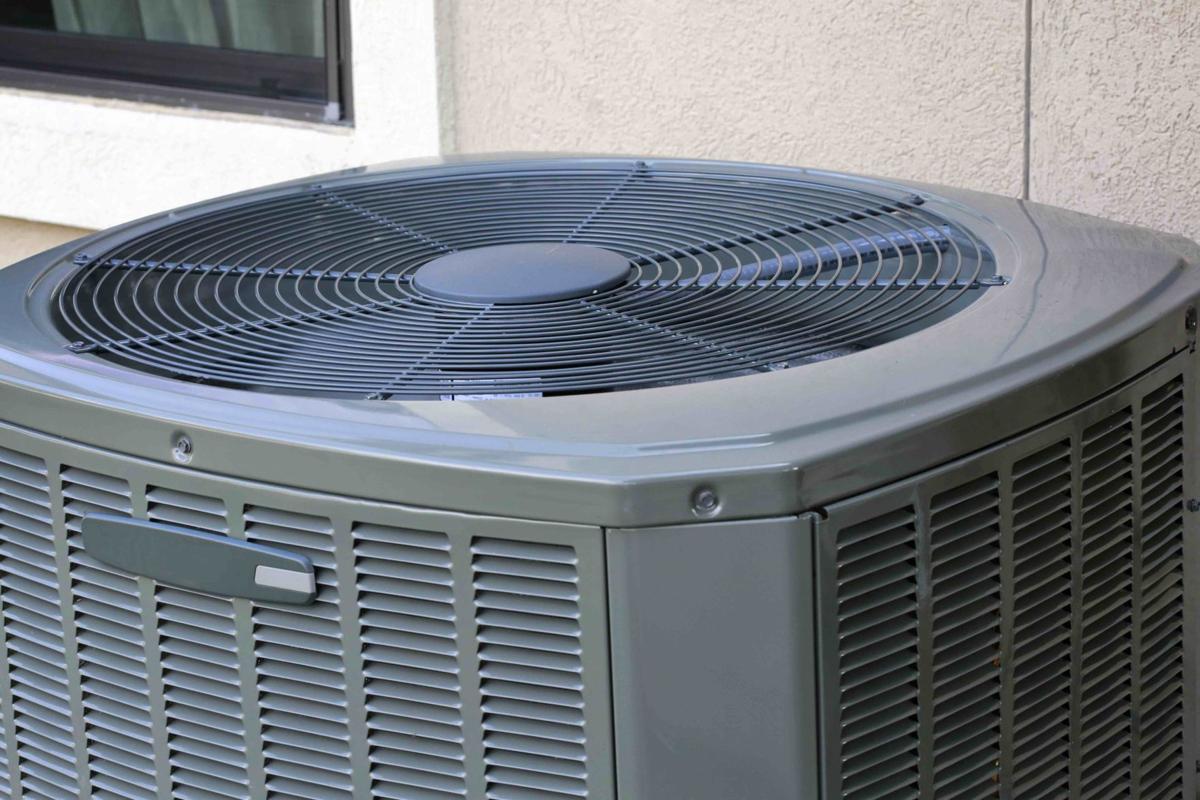QUESTION: I’ve been told that some technicians don’t like variable speed air conditioners due to their high maintenance costs. Is that true?
ANSWER: A variable speed AC runs at a lower speed for longer periods of time and saves money on electricity by not turning on and off frequently. They cost more than conventional models and have more electronic parts; technicians often need special tools to work on them. But they are not hard to maintain and over time they provide a quicker payback on investment.
Q: We installed a whole house fan that blows warm air out of our home in spring and fall. That way we can reduce the use of our air conditioner slightly when we run it. Why don’t more houses here have them? Is there a negative to using this fan?
A: These fans are popular out East where some homeowners run them all summer long. But they can’t remove moisture from your home the way an air conditioner can.
Homes often don’t have them here because of the extra expense of installing them.
Q: I have a radon gas issue in my house that prevents my home from being sealed more tightly so that it would cost less to run the air conditioner. When we bought the house, we were advised about the radon and told the home should be well-ventilated and not tightly sealed. Can’t we do something about this problem?
A: There are companies that use a new process to remove the radon by putting in an exhaust system to remove the radon-contaminated air. After that, you can seal your home more efficiently.
Often in these situations, a 4-inch diameter PVC exhaust pipe is installed in a closet and will run from below your concrete slab up to your attic. An exhaust fan on the pipe then blows away radon. A larger home might need two exhaust pipes.
Most homes the Tucson and Phoenix areas are built on so-called “young” soil that has not been consolidated or cemented into solid rock and may be less likely to contain radon. But homes built on granite-like rocks or limestone may contain traces of uranium that can create radon problems, according to the Arizona Geologic Survey.
Q: The site of our home is significantly higher than that of our backyard neighbor. We have a few shrubs along that wall. Now the neighbor’s stucco is falling off their side of the wall, presumably due to moisture on our property. A masonry “expert” suggested we dig a 5-foot trench along our side of the wall and heavily seal it. Then, put our plants back again. Is all that really going to permanently fix the stucco?
A: There really isn’t an easy solution to this issue. Excavating on your side of the wall down to the bottom of the footing and then applying a waterproofing material could work, but it will be extremely invasive.
Another alternative would be to remove all the stucco from your neighbor’s side of the wall to expose the concrete blocks, then apply a product called Drylok, a sealant for masonry. It generally can withstand considerable hydrostatic fluid pressure. When the Drylok has cured, stucco can be reapplied and painted. Drylok is available at many hardware and paint stores.





